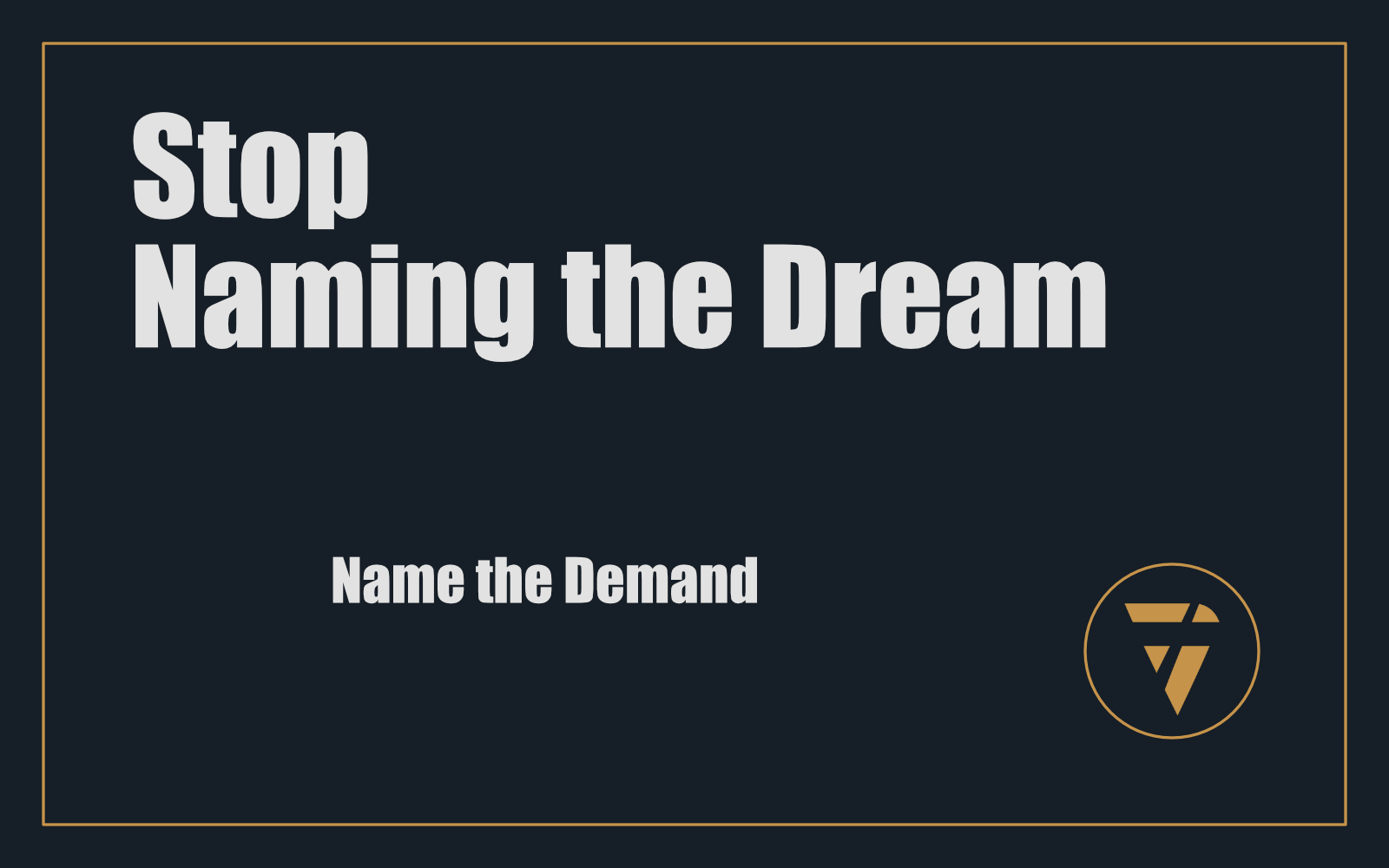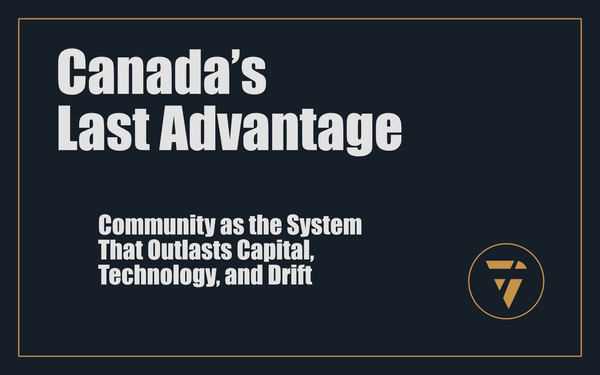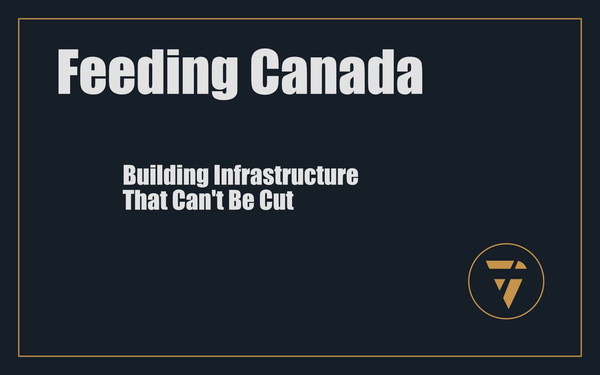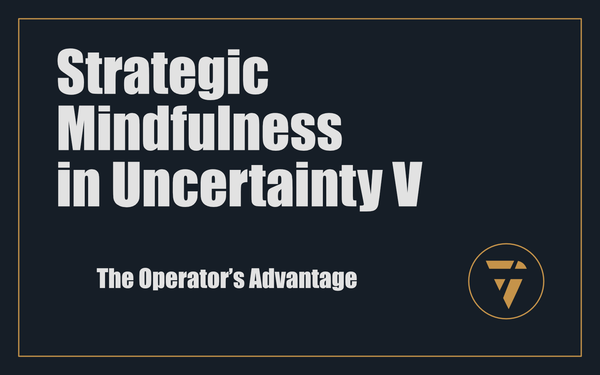Stop Naming the Dream

Name the Demand
You’ve been sold the lie that vision sells.
It doesn’t.
Not to the people who matter.
Not to the market that feeds you.
Not to the ones with the budget and the authority to change your life with a single yes.
You can name your dream all day long.
You can dress it in brand colours, wrap it in a manifesto, shout it across stages.
But here’s the reality that will break you if you ignore it:
No one pays for your ambition. They pay for the problem you delete.
The world is not sitting around, holding its breath, waiting for you to show up with the thing you’ve always wanted to make.
They are drowning in something right now.
Something urgent.
Something expensive.
Something they can feel in their teeth every single day.
They don’t want your dream.
They want that thing gone.
The Dream Is Selfish Until It’s Useful
Your dream is about you. It’s about proving something to yourself. It’s about that movie you’ve been playing in your head for years.
That’s fine for fuel. That’s fine for grit.
But when you bring that to market without translating it into their friction, it’s like handing someone a map to a place they never planned to go. A place they don't know exists.
The buyer is not looking to become a fan of your vision.
They’re looking to make something in their life stop hurting.
They’re looking to take something off their plate that they don’t have the energy, skill, or will to handle themselves.
If you don’t anchor your offer in that — in the exact, precise, measurable line between where they are now and where they can breathe again — you’re not in business. You’re in a hobby.
Define the Friction Line
Every buyer has a point — a very specific, personal point — where friction becomes intolerable.
Before that point, they’ll tolerate the pain.
They’ll endure the inefficiency.
They’ll suffer the loss.
After that point, they will pay to make it go away.
Your job is not to “educate” them into liking your product.
Your job is to name the friction they already know they have… in a way they’ve never heard before.
And here’s the catch — you can’t guess it.
You can’t assume it.
You have to earn it.
You earn it by listening with the intent to compress.
By stripping away your jargon, your process, your inside-baseball explanations, until you can say in one sharp line:
“This is the exact thing I remove from your life.”
When you hit that line, you’ll know.
They’ll stop blinking.
They’ll stop fidgeting.
And they’ll start deciding.
Ambiguity Is Expensive
Founders love to hide in vague language.
It feels safer.
“Helping businesses grow.”
“Unlocking human potential.”
“Reimagining the future of…”
It’s broad. It’s inspiring. It keeps you from having to commit to something specific — something you could be wrong about.
But it also keeps you broke.
Because the second your offer is unclear, you force the buyer to do the work of translating it into something relevant. And the buyer won’t do that work.
Clarity is the cost of entry.
Without it, you don’t even get to pitch.
Translate Your Dream Into Their Urgency
If you want to keep your dream alive, you have to do the work of translation.
- Name the exact group you serve. Not “small business owners.” Not “entrepreneurs.” The tighter you define it, the faster you get paid.
- Name the exact state they’re in before they meet you — down to the metrics, the emotions, the language they use with each other when you’re not in the room.
- Name the exact state they’re in after you’ve done your work — again, in their words, not yours.
- Draw the line between the two, and put a price tag on the removal of everything in between.
Do that, and you’ve stopped naming the dream.
You’ve named the demand.
Demand Is the Only Currency That Converts
The market rewards speed, certainty, and removal.
The faster you can make their problem vanish, the less they will ask what you charge.
The more certain you are in naming their pain, the less they will question your process.
The more you focus on removal instead of improvement, the more they will assume you’re worth it.
And this is where most founders fail.
They think they need to build the perfect version of their dream before they sell it.
So they wait.
And while they wait, someone else comes in, names the demand more clearly, and eats their market.
Your dream is worthless until it’s weaponised against a real, urgent, expensive demand.
The Hidden Cost of Staying in the Dream
Staying in the dream feels good.
It’s safe.
No one can criticise what’s not in the market yet.
No one can tell you it doesn’t work.
But the cost of staying there is brutal:
You stay untested.
You stay broke.
You stay replaceable.
The market doesn’t punish you for having a dream.
It punishes you for failing to turn that dream into something they can buy today.
The Move Now
Stop naming what you want.
Start naming what they can’t stand.
Write it down.
Say it out loud to ten real buyers this week.
Watch their reaction.
If you hear “that’s interesting,” you’ve failed.
If you hear “how much?”, you’ve nailed it.
Because the only thing more valuable than your dream is the demand it meets — and until you make that shift, you’re playing for applause, not purchase.
Stop naming the dream.
Name the demand.
And watch how fast the market finds you.
This is what I’m working on. Tell me what you think, I enjoy the conversation! Subscribe and follow the work in real time.
Thanks!
B

Stop naming what you want.
Start naming what they can’t stand.
Nobody pays for your ambition.
They pay for the problem you delete.
Name the demand, and the market will find you.
PS -






